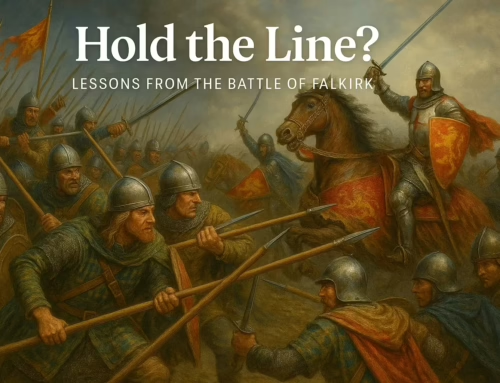Navigating the Frontlines of Training: The Trident Defense Initiative’s Masterstroke
In the ever-evolving theatre of modern warfare, the need for adaptive, real-world training has never been more acute. The Ukrainian conflict has thrown a stark light on this necessity, showcasing how traditional military training paradigms must evolve to meet the demands of contemporary combat situations. As an experienced military trainer with a career spanning various terrains and tactical challenges, I’ve observed firsthand the transformative power of integrated, experience-based training programs. The Trident Defense Initiative (TDI) in Ukraine is a prime example of this evolution in military training, embodying a forward-thinking approach that combines tactical knowledge with the invaluable insights of combat experience.
The Cycle of Continuous Learning
At the heart of TDI’s success is a cycle of continuous learning, where the line between instructor and student blurs, giving way to a dynamic exchange of knowledge and experience. This model is not just about transmitting information; it’s about cultivating a living repository of tactical wisdom refined and updated through the crucible of combat. The return of former students to the fold as instructors and advisors enriches the training environment with practical insights that can only be gleaned from firsthand experience on the frontlines.
The Role of Combat Veterans
Integrating combat veterans into the training framework offers an unparalleled depth of understanding. These individuals bring back not just tales of valour but practical knowledge of enemy tactics, strengths, weaknesses, and the unpredictable nature of modern battlefields. Their transition from trainees to trainers exemplifies the TDI’s commitment to a sustainable, self-improving cycle of military excellence. It is a recognition that the most effective teachers often come from the ranks of those who have navigated the complexities of war.
Adapting to the Evolving Face of Conflict
With its hybrid warfare tactics and the constant shadow of unconventional threats, the Ukrainian conflict represents a microcosm of the challenges facing modern militaries. The TDI’s approach—emphasizing adaptability, integrating diverse expertise, and applying combat-proven knowledge—provides a blueprint for future training programs worldwide. It acknowledges that in the fluid theatre of modern warfare, static training methodologies are a luxury we can no longer afford. Instead, we must embrace a model that evolves in real-time, shaped by the nature of the conflicts it seeks to navigate.
A Testament to Collective Resilience
The narrative of the Trident Defense Initiative is more than a tale of tactical success; it is a testament to the power of collective resilience and innovation in the face of adversity. TDI is laying the groundwork for a new era of military preparedness by fostering a community of warriors trained in the art of war and in the wisdom of combat. It’s an era that values the scars of battle as much as the strategies of textbooks, understanding that the true strength of a military force lies not just in its arms but in its experiences.
Conclusion
As we look to the future, the lessons from the Trident Defense Initiative offer a guiding light for military training programs worldwide. Integrating combat experience into the fabric of military education is not just beneficial; it’s imperative for developing forces capable of navigating the uncertainties of future conflicts. It’s a model that champions not just the skills of war but the spirit of the warrior, honed by the reality of combat and the unyielding resolve to emerge victorious, rain or shine.
Adopting such models prepares our forces for today’s battles and ensures their readiness for tomorrow’s challenges. We embrace the ethos of continuous learning and adaptation that defines the very essence of military excellence.




